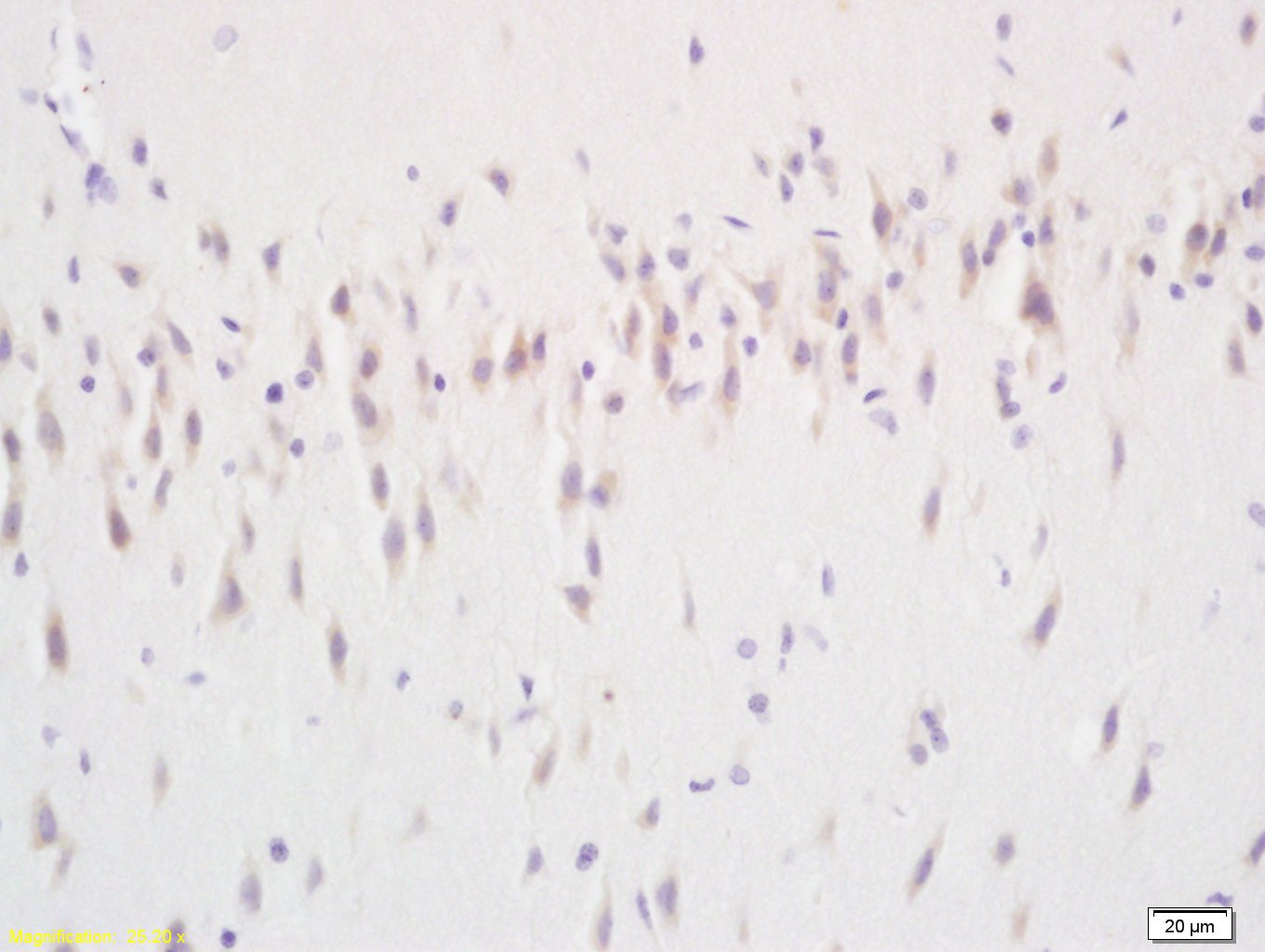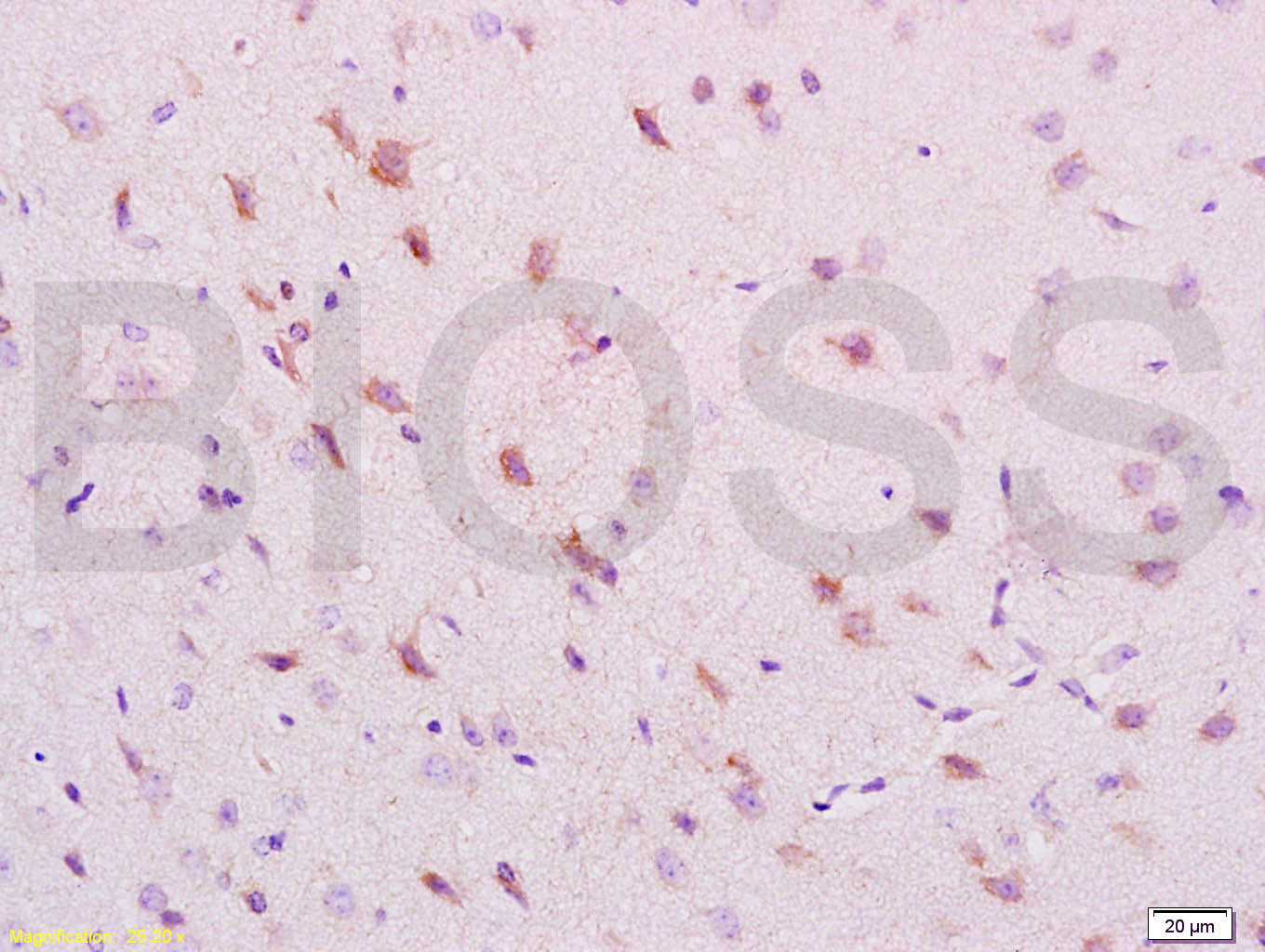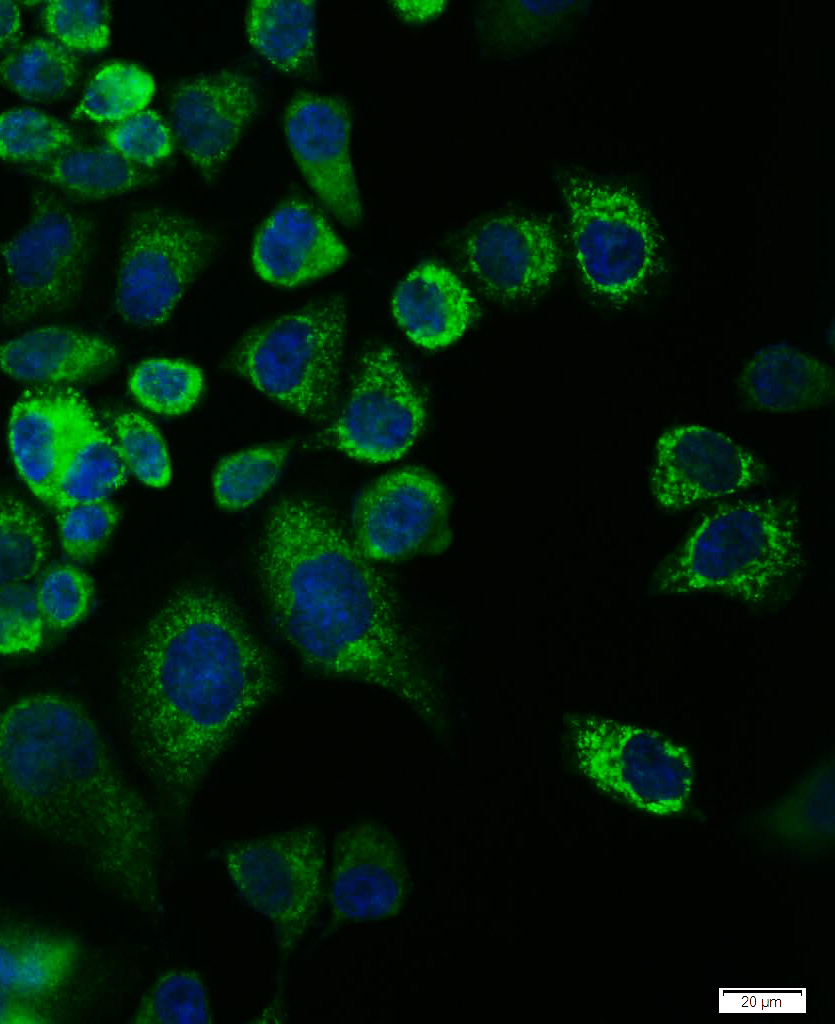sales@bioss.com.cn
techsupport@bioss.com.cn
400-901-9800
Host: Rabbit
Target Protein: phospho-NRP1 (Thr916) Rabbit pAb
IR: Immunogen Range:LN(p-T)QS
Clonality: Polyclonal
Isotype: IgG
Entrez Gene: 8829
Swiss Prot: Q5T7F3
Source: KLH conjugated Synthesised phosphopeptide derived from human NRP1 around the phosphorylation site of Thr916:LN(p-T)QS
Purification: affinity purified by Protein A
Storage: 0.01M TBS (pH7.4) with 1% BSA, 0.02% Proclin300 and 50% Glycerol. Shipped at 4℃. Store at -20℃ for one year. Avoid repeated freeze/thaw cycles.
Background: This gene encodes one of two neuropilins, which contain specific protein domains which allow them to participate in several different types of signaling pathways that control cell migration. Neuropilins contain a large N-terminal extracellular domain, made up of complement-binding, coagulation factor V/VIII, and meprin domains. These proteins also contains a short membrane-spanning domain and a small cytoplasmic domain. Neuropilins bind many ligands and various types of co-receptors; they affect cell survival, migration, and attraction. Some of the ligands and co-receptors bound by neuropilins are vascular endothelial growth factor (VEGF) and semaphorin family members. Several alternatively spliced transcript variants that encode different protein isoforms have been described for this gene. [provided by RefSeq, Oct 2011]
Size: 200ul
Concentration: 1mg/ml
Applications: IHC-P=1:100-500,IHC-F=1:100-500,IF=1:100-500,ICC/IF=1:100
Cross Reactive Species: Human,Rat (predicted: Dog)
For research use only. Not intended for diagnostic or therapeutic use.



